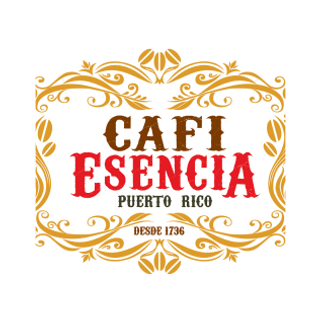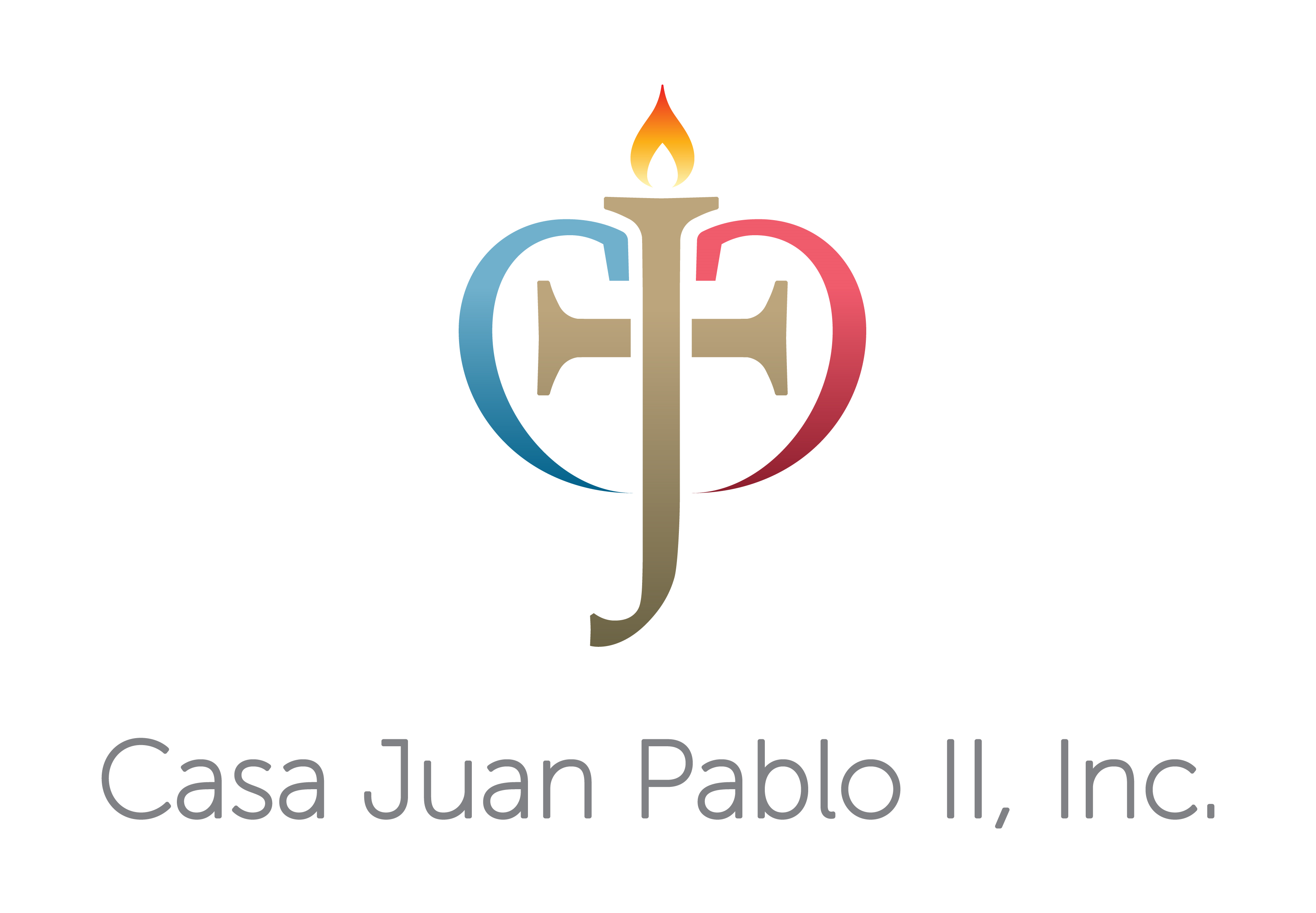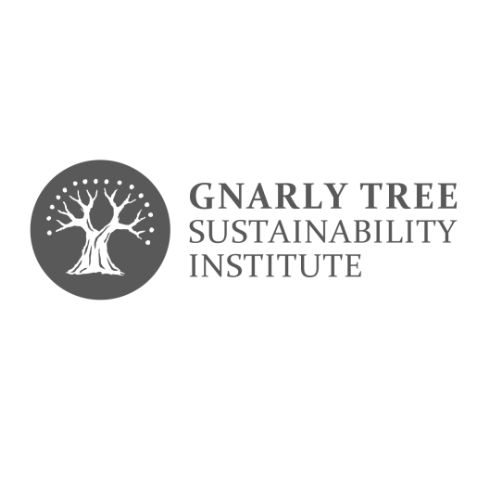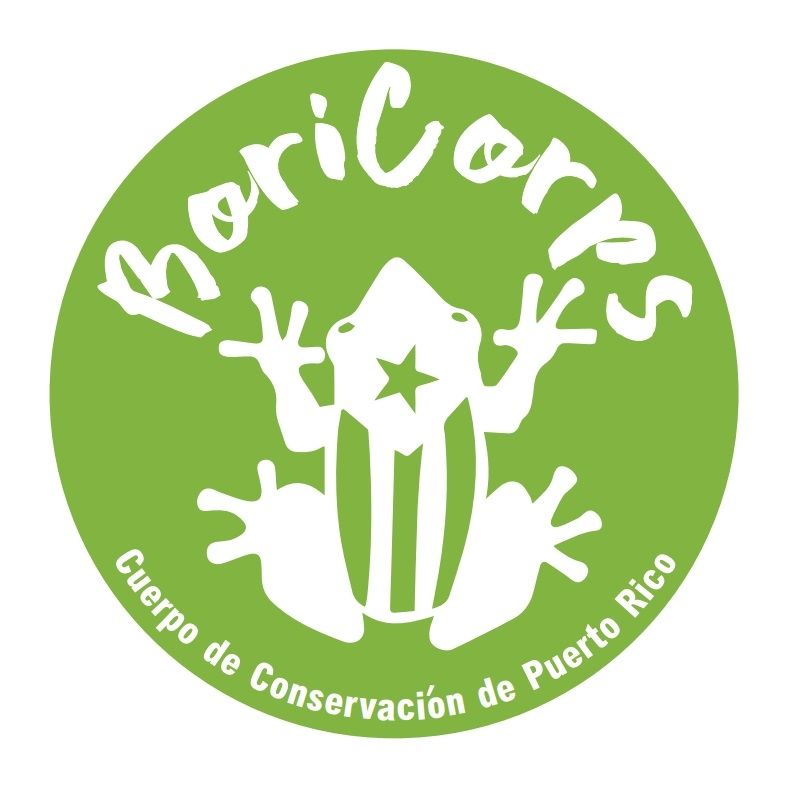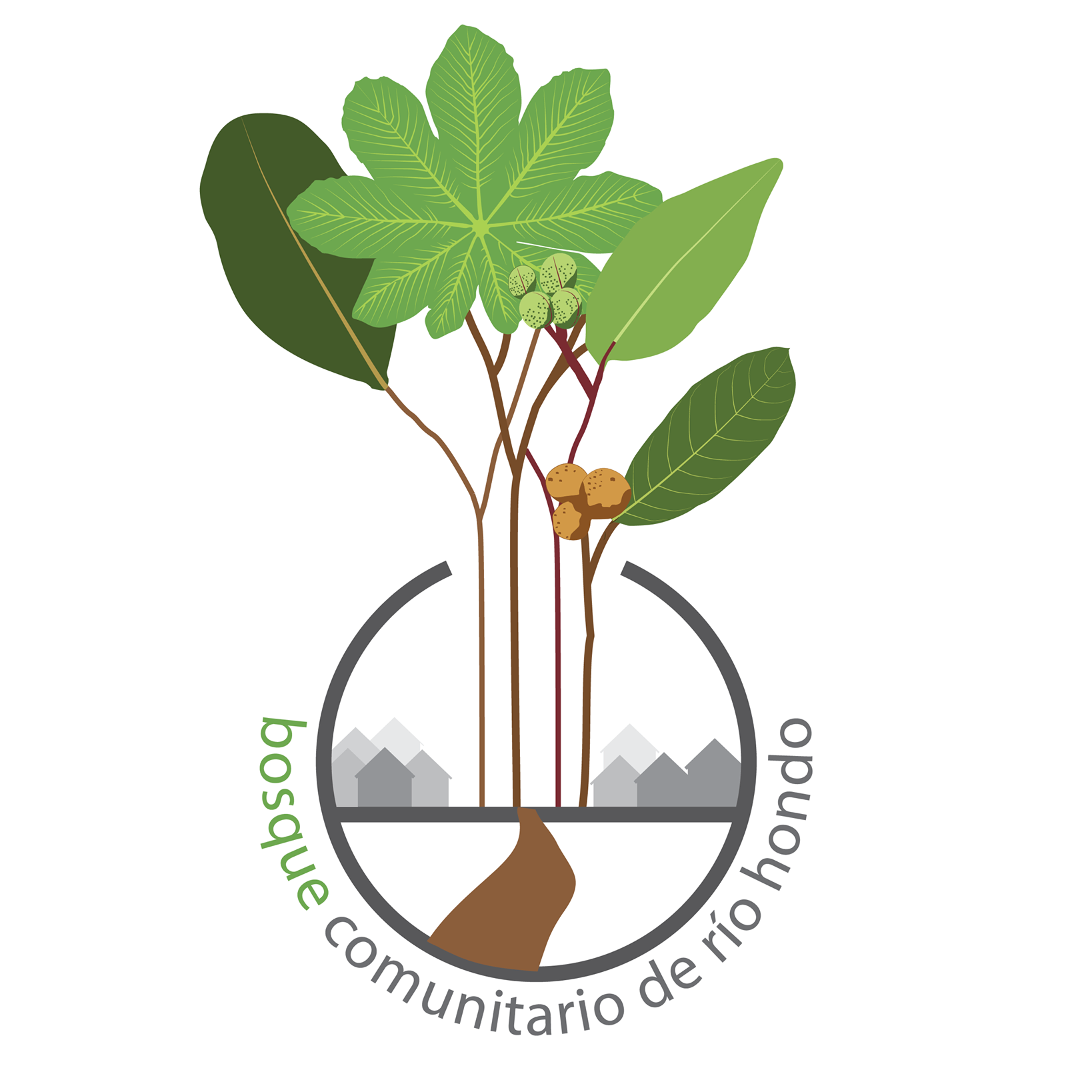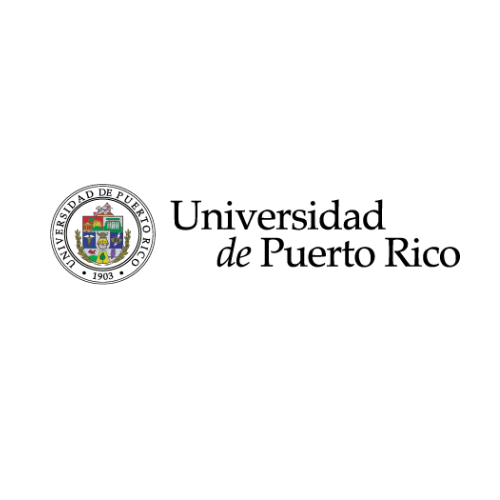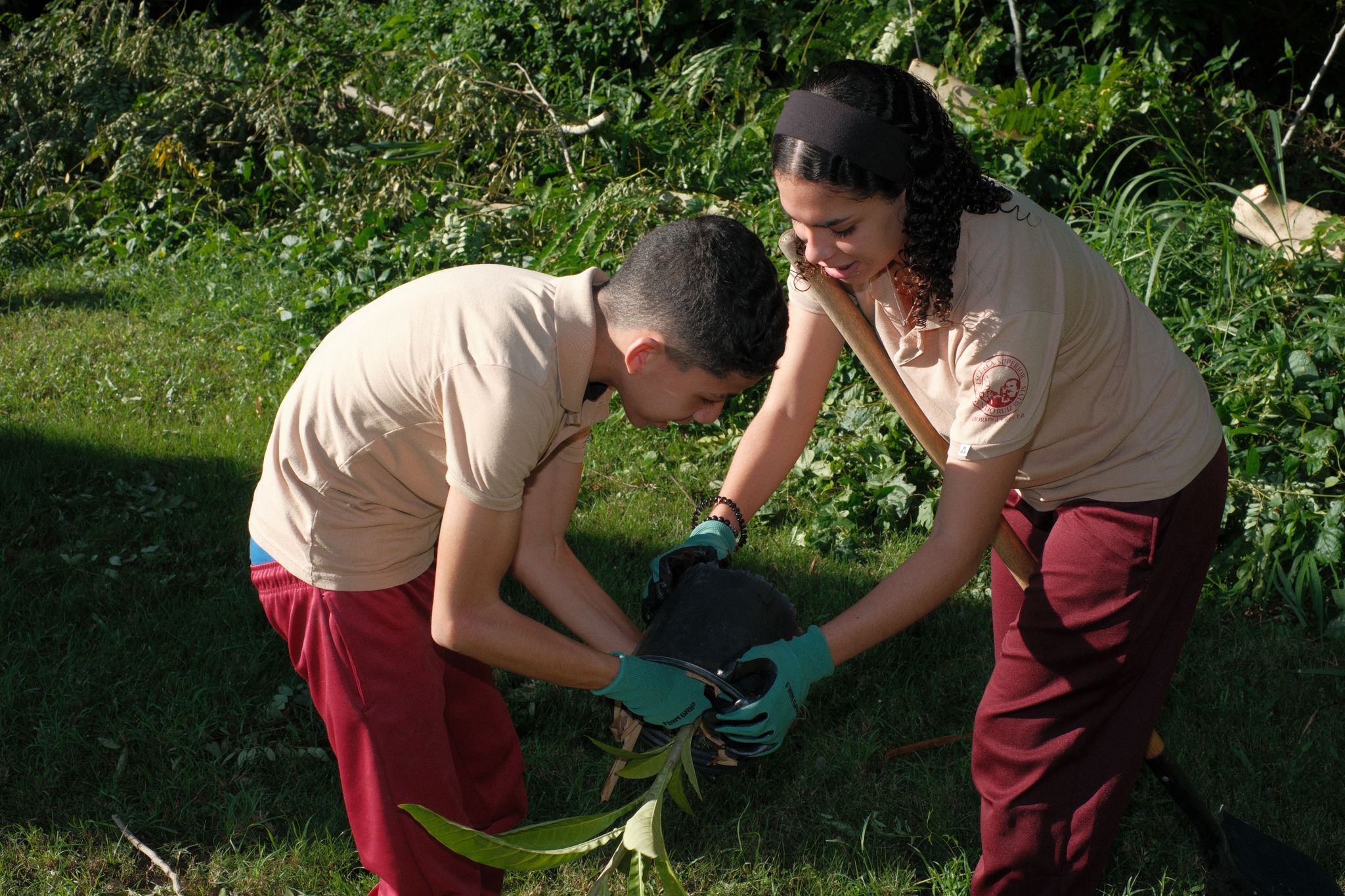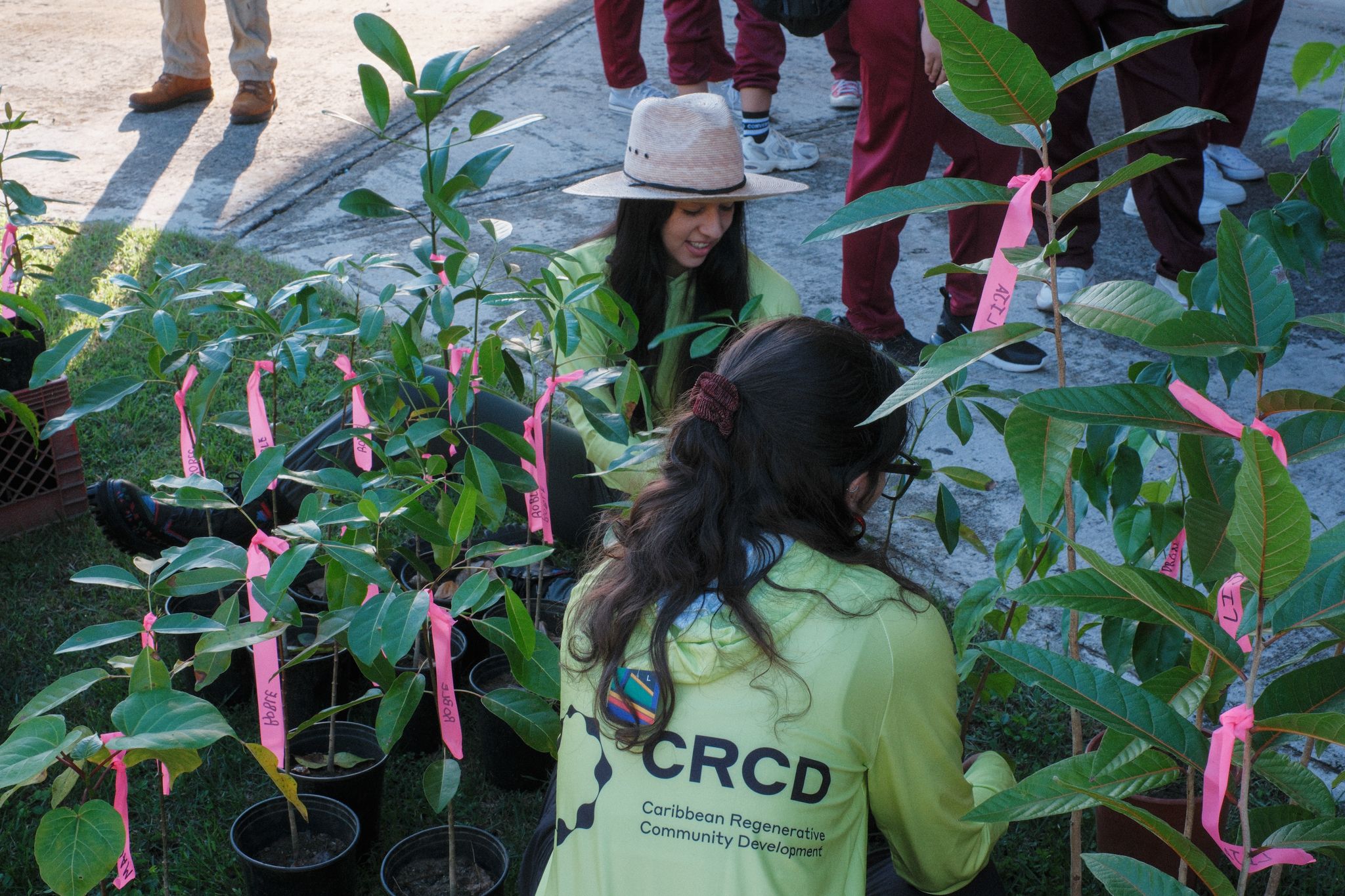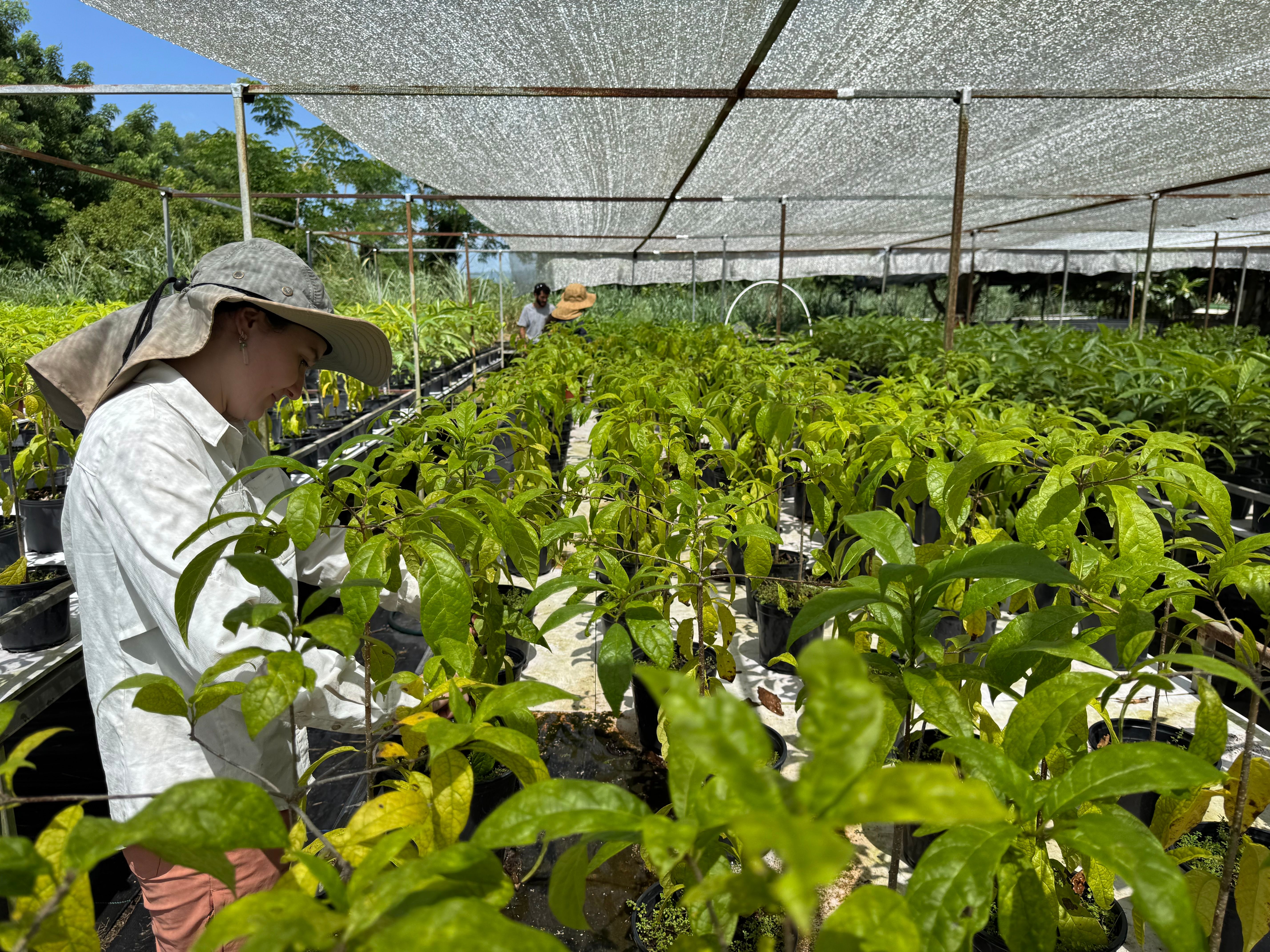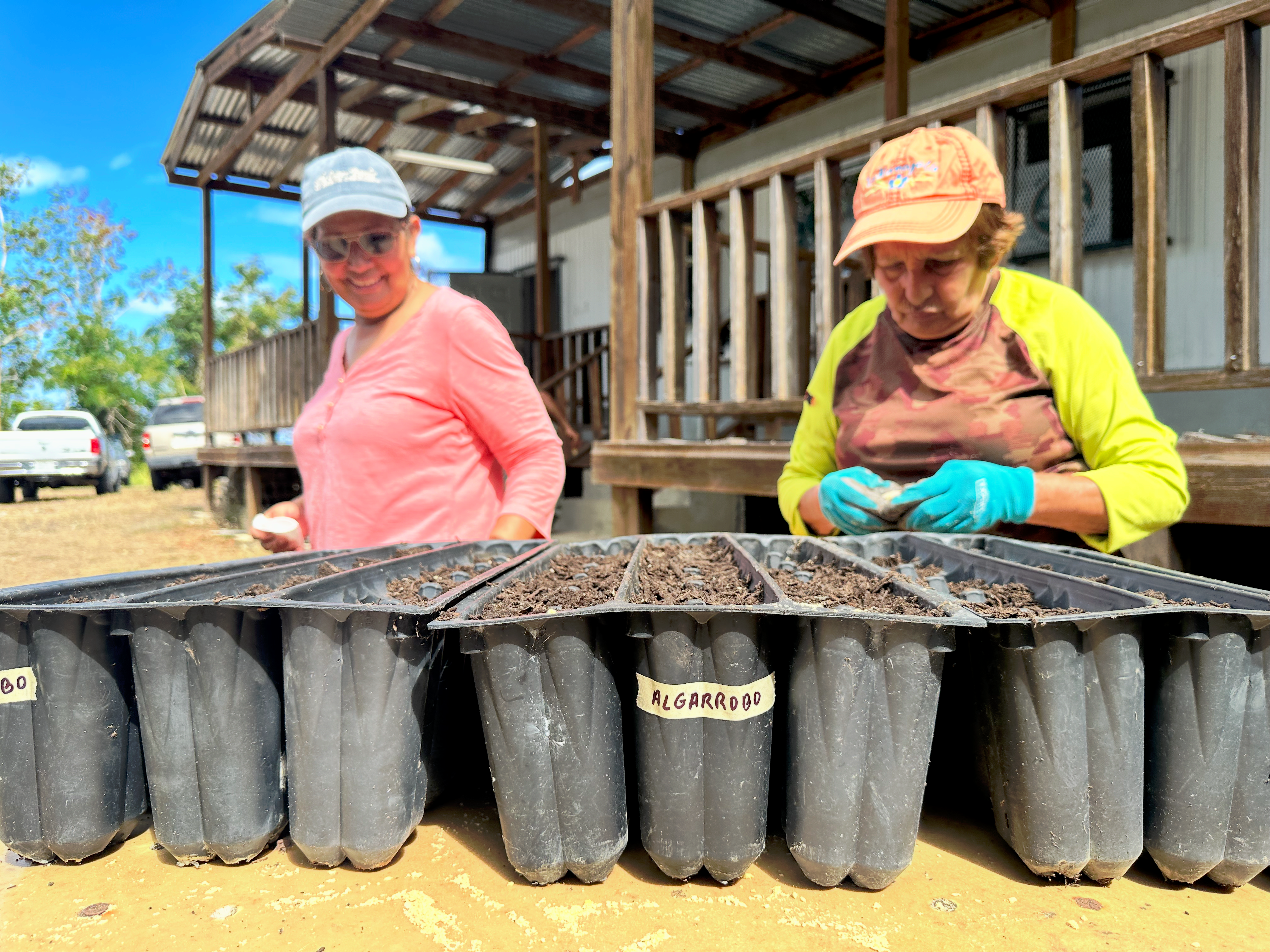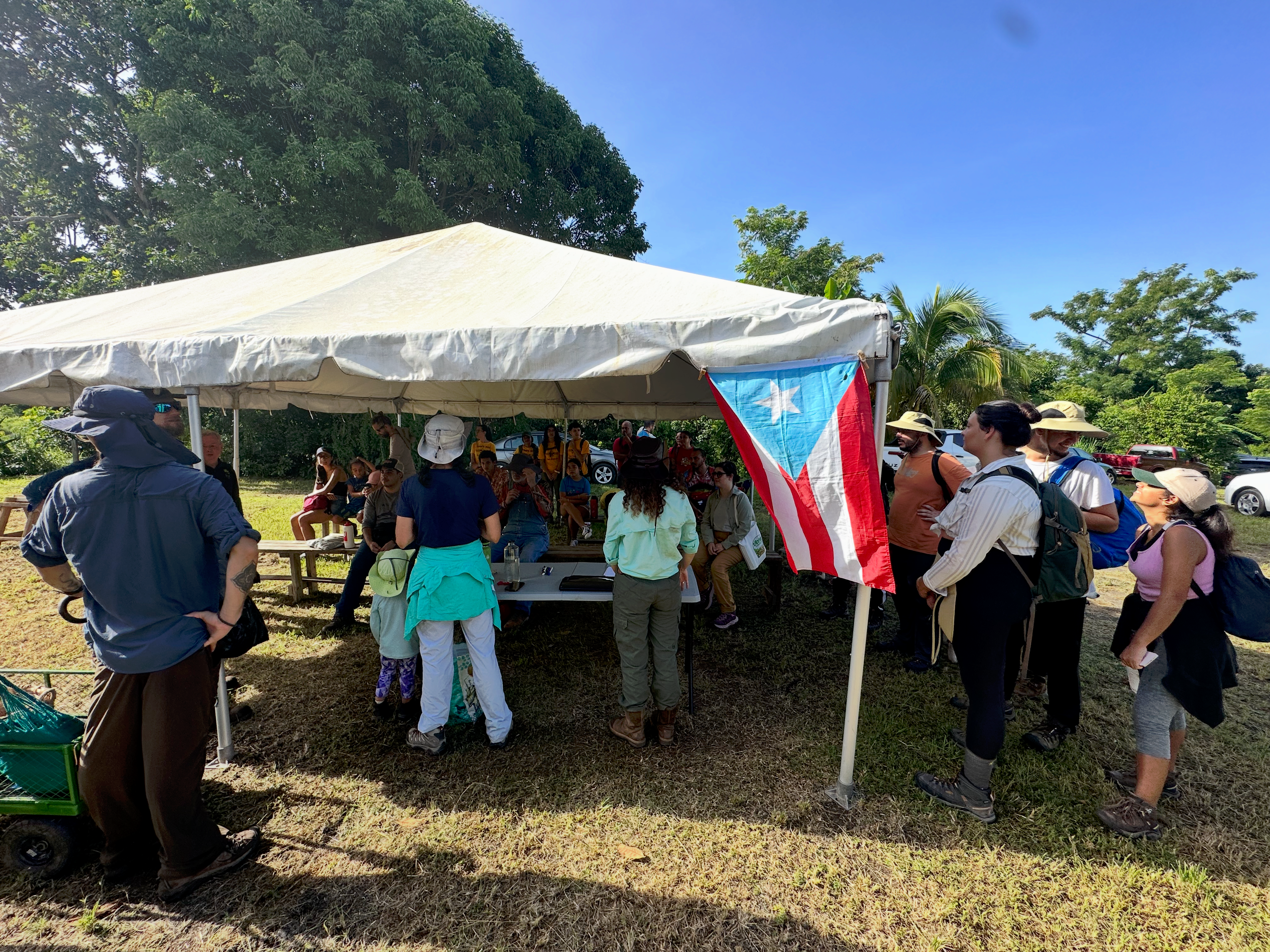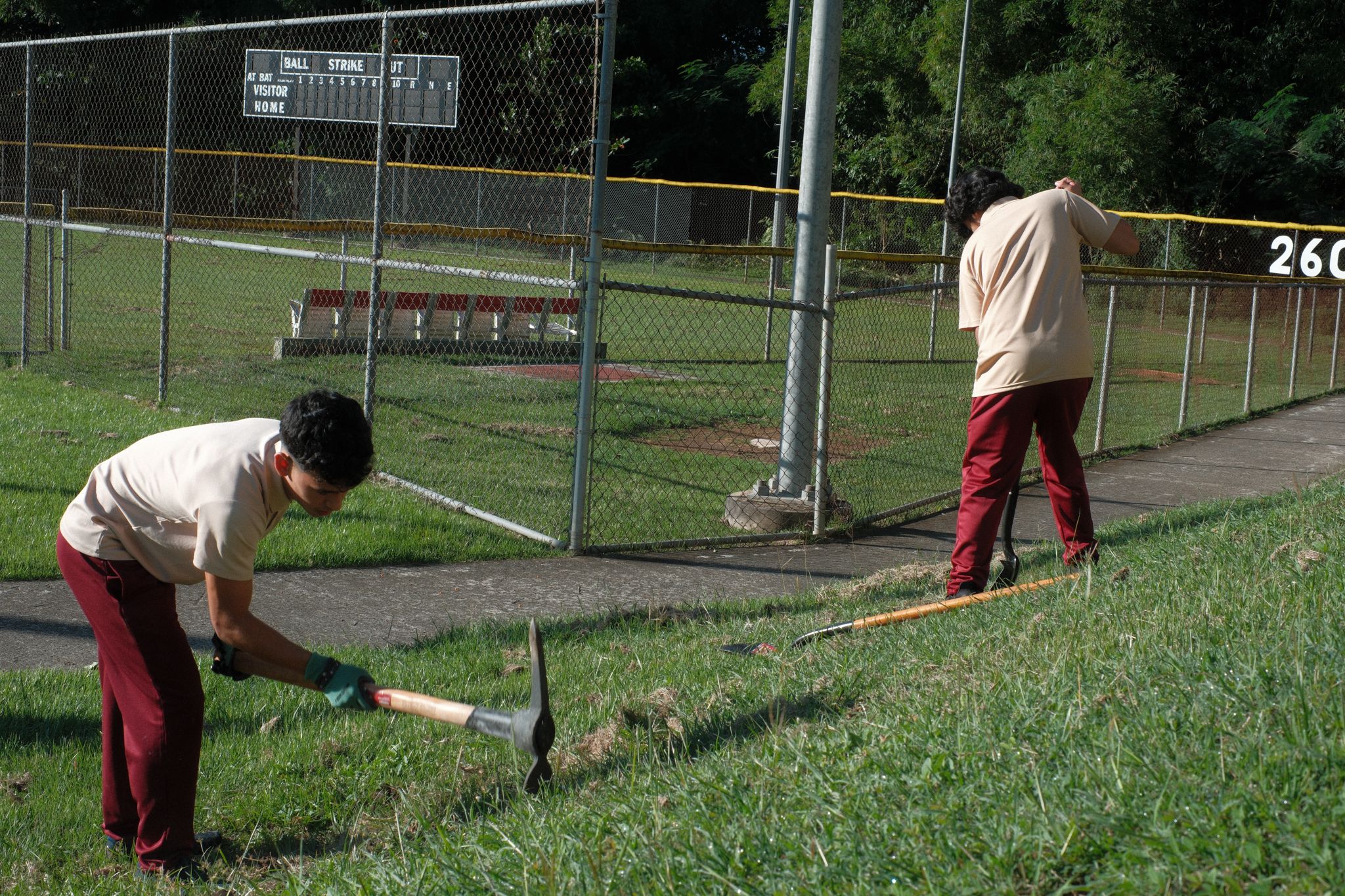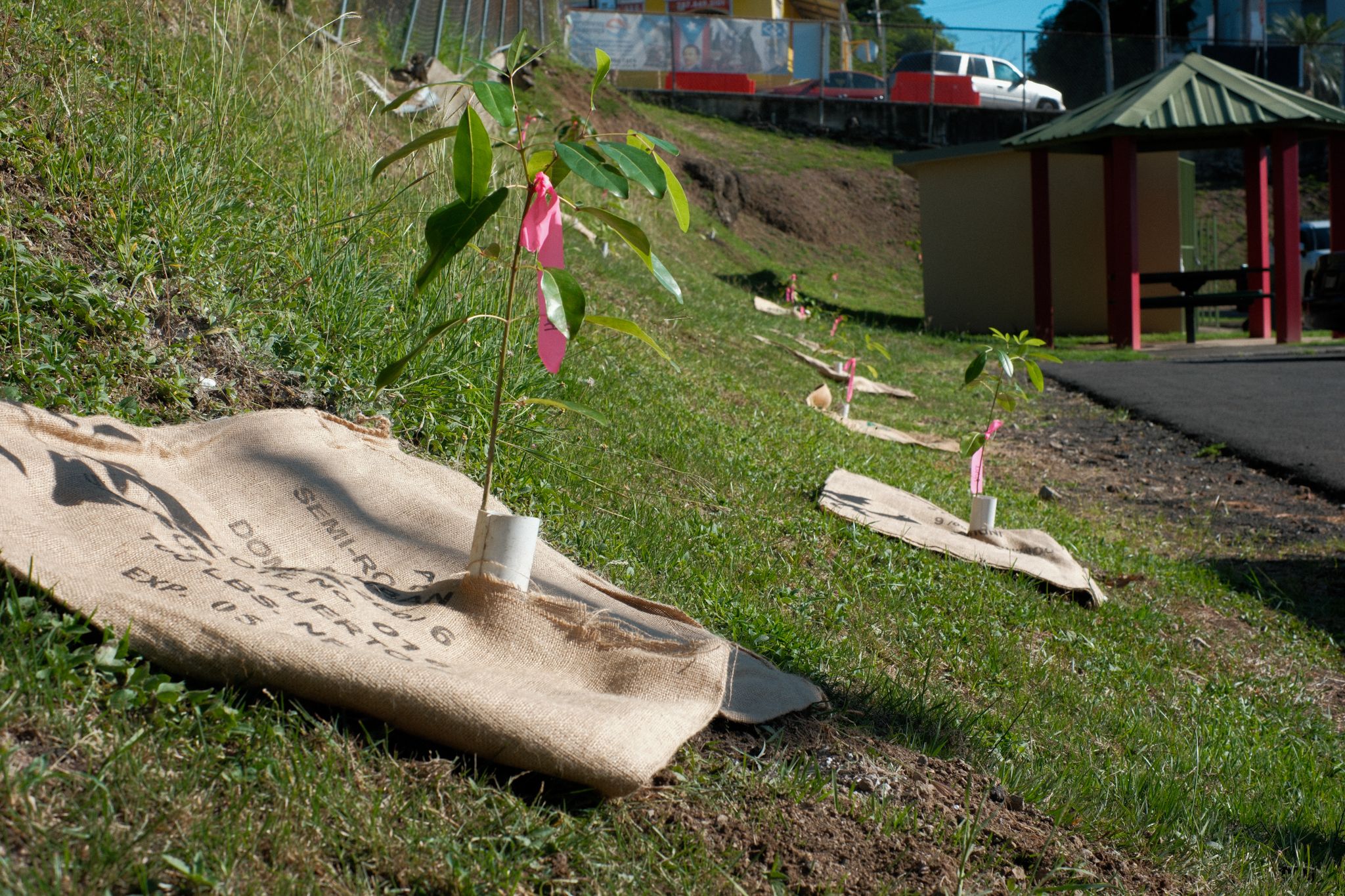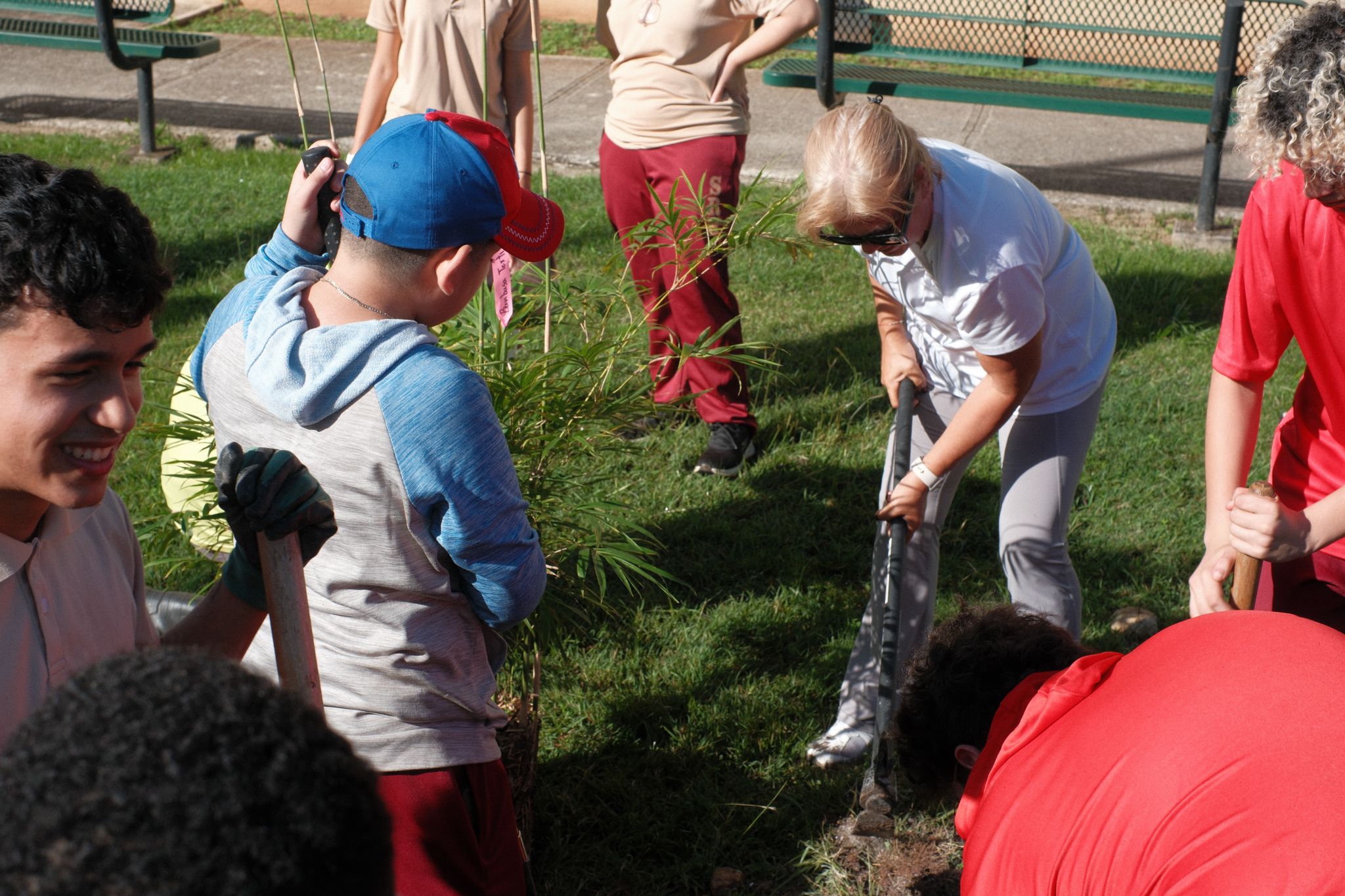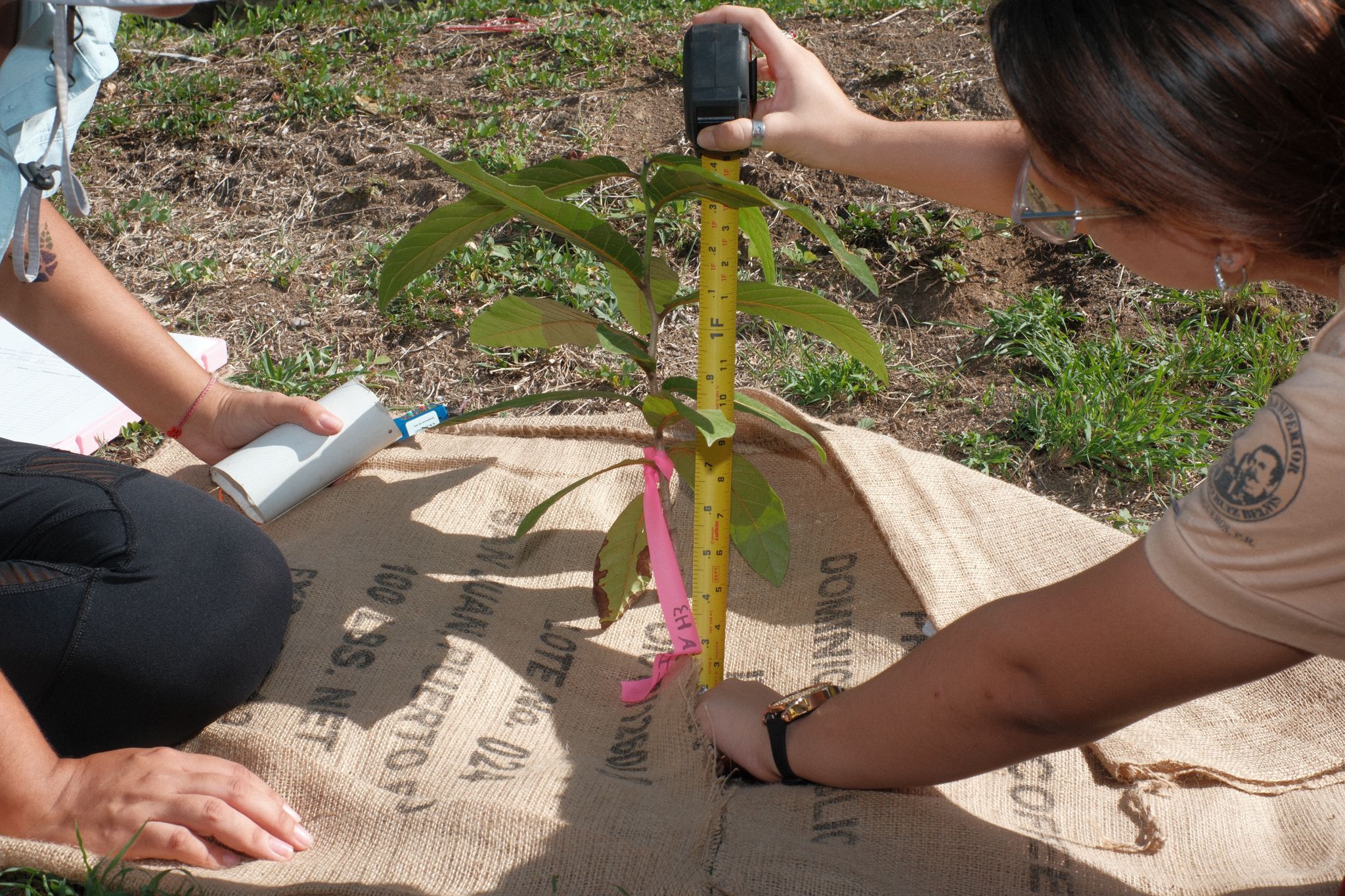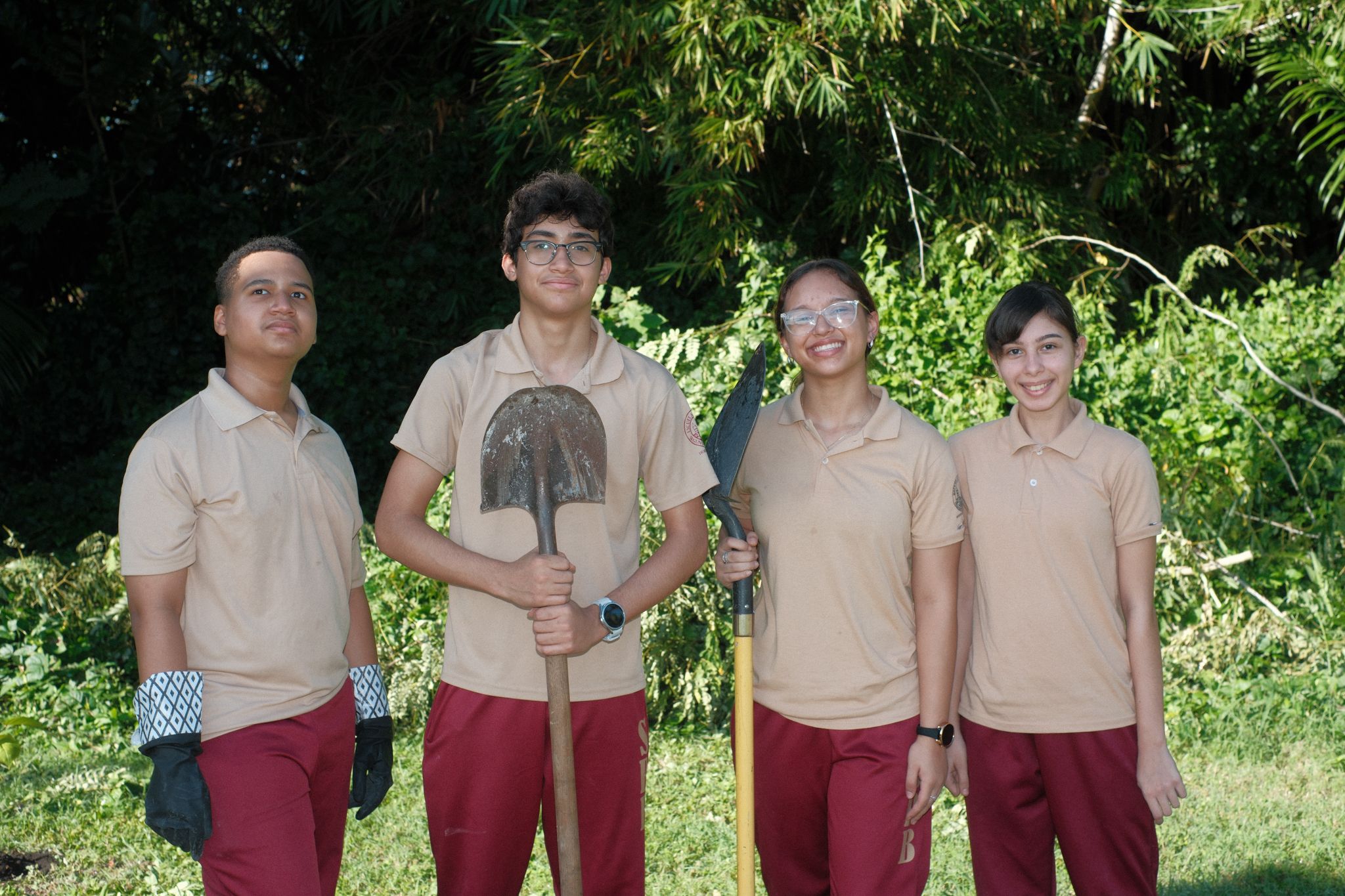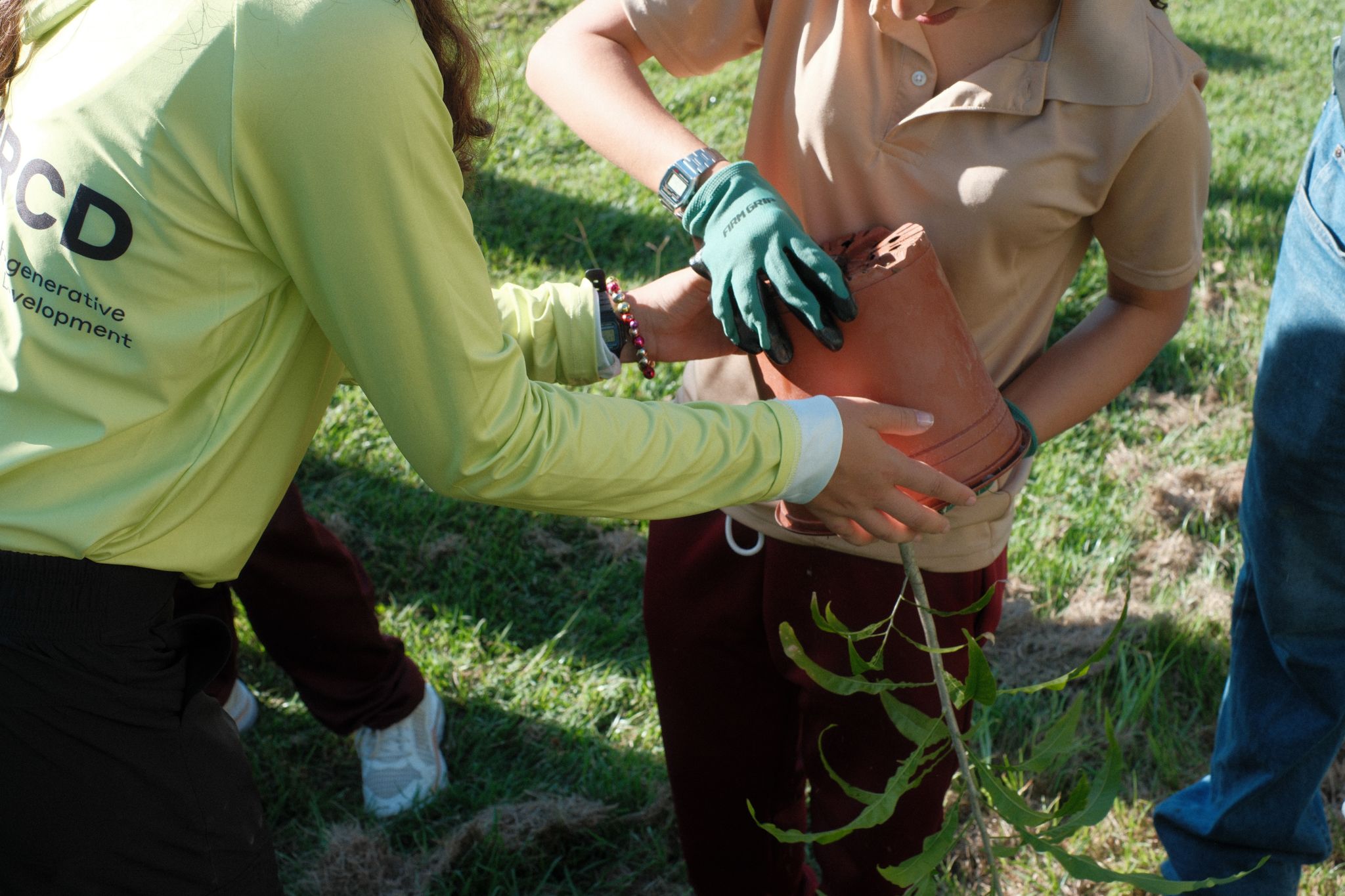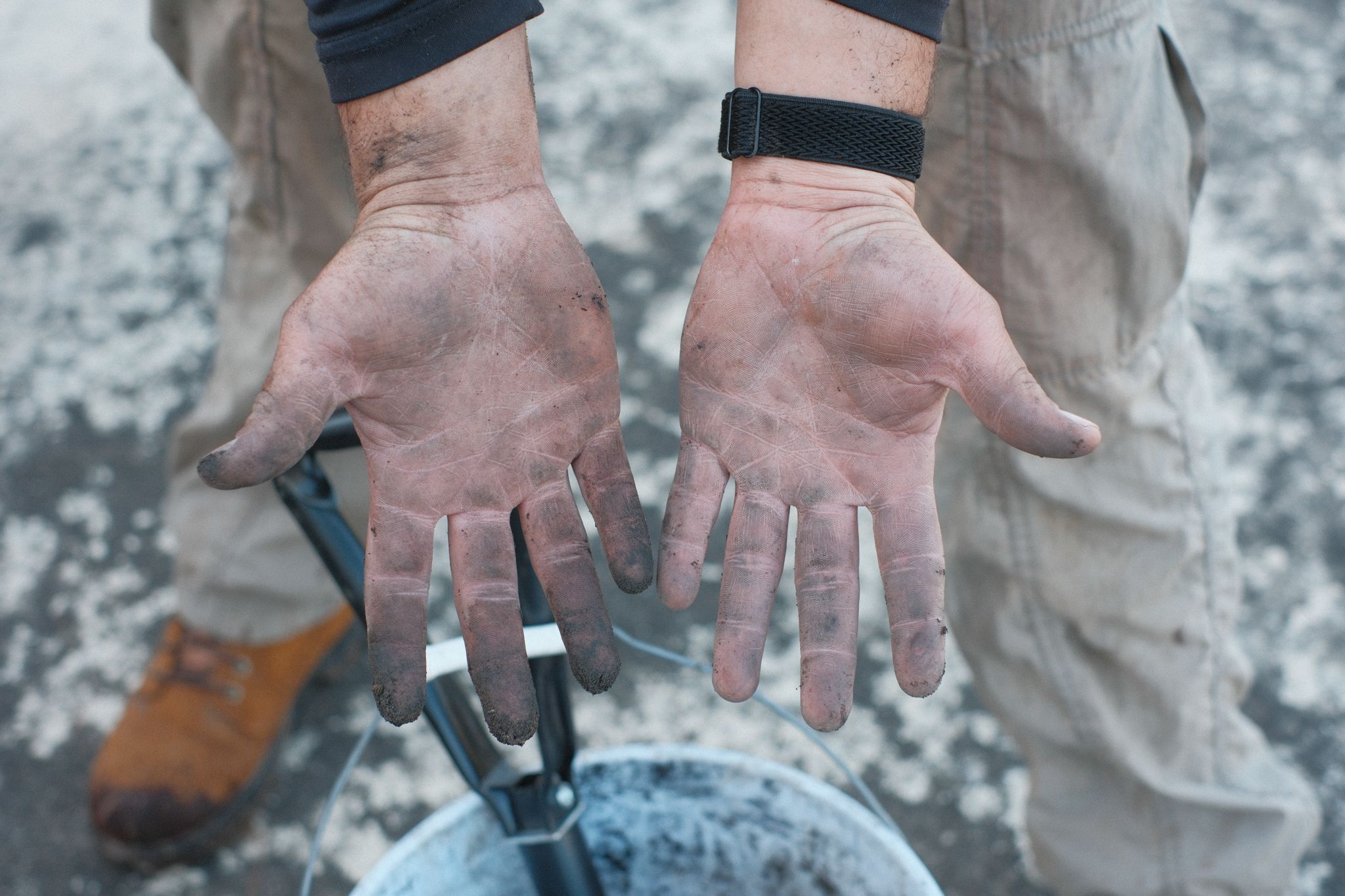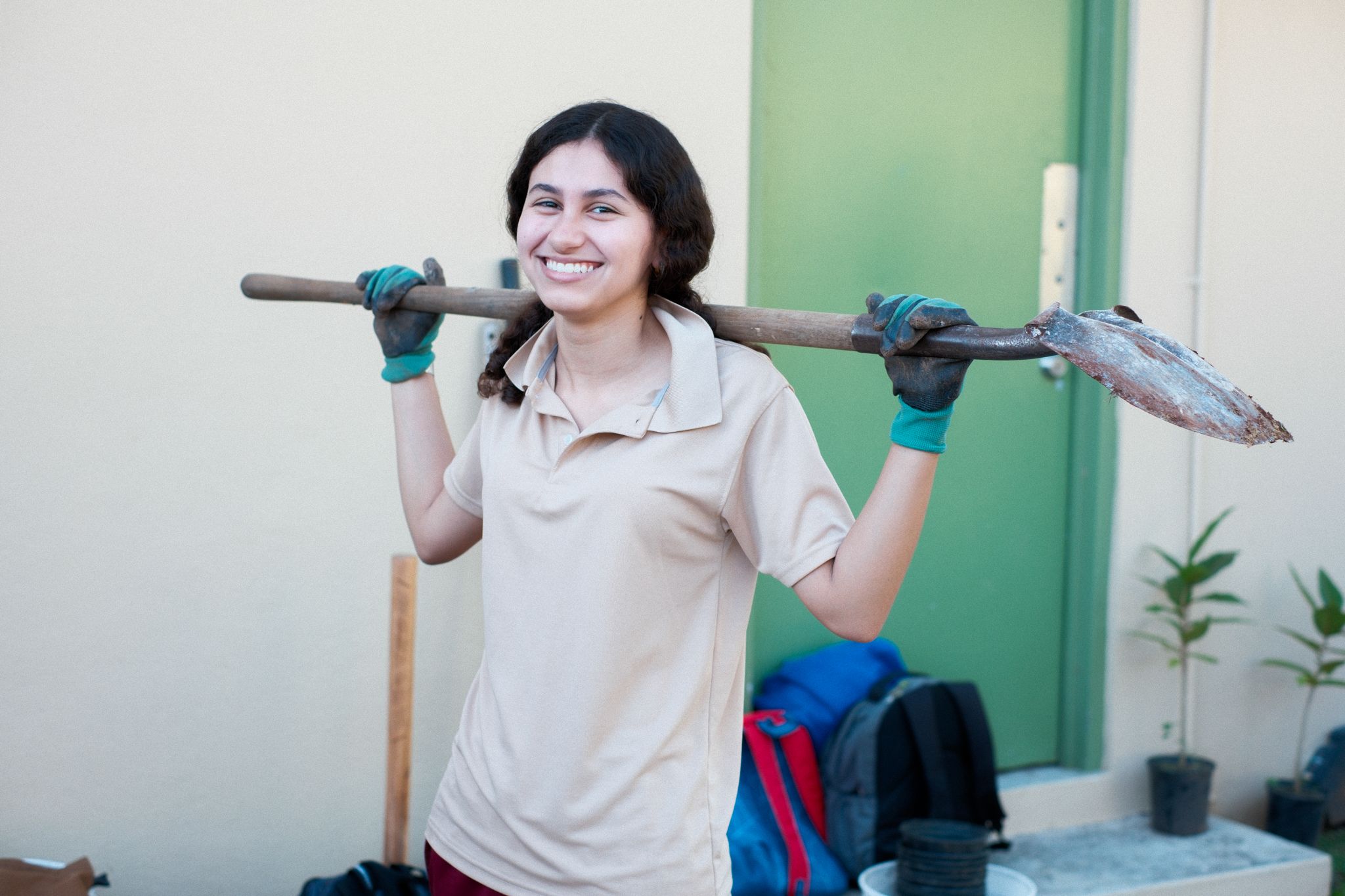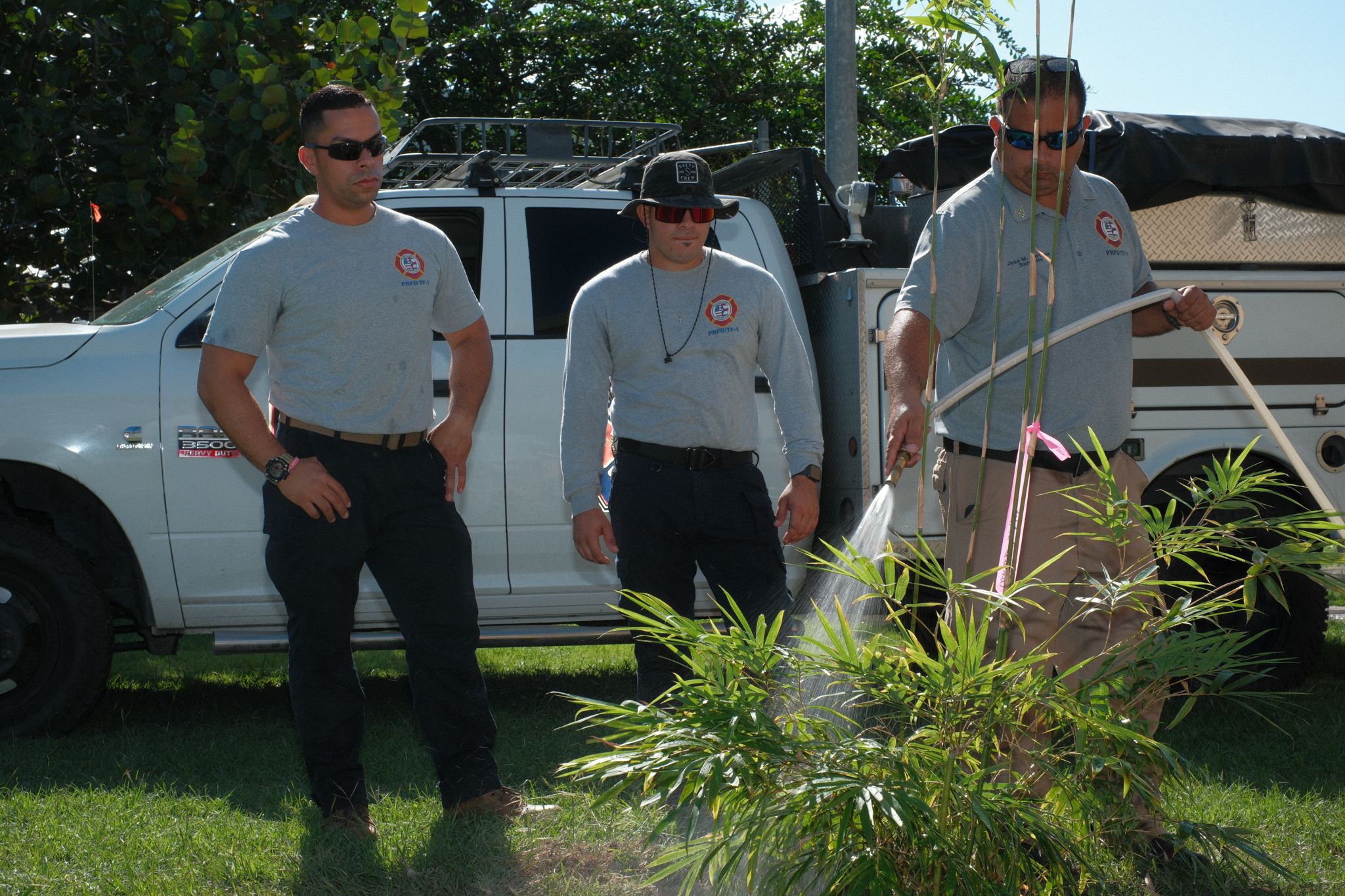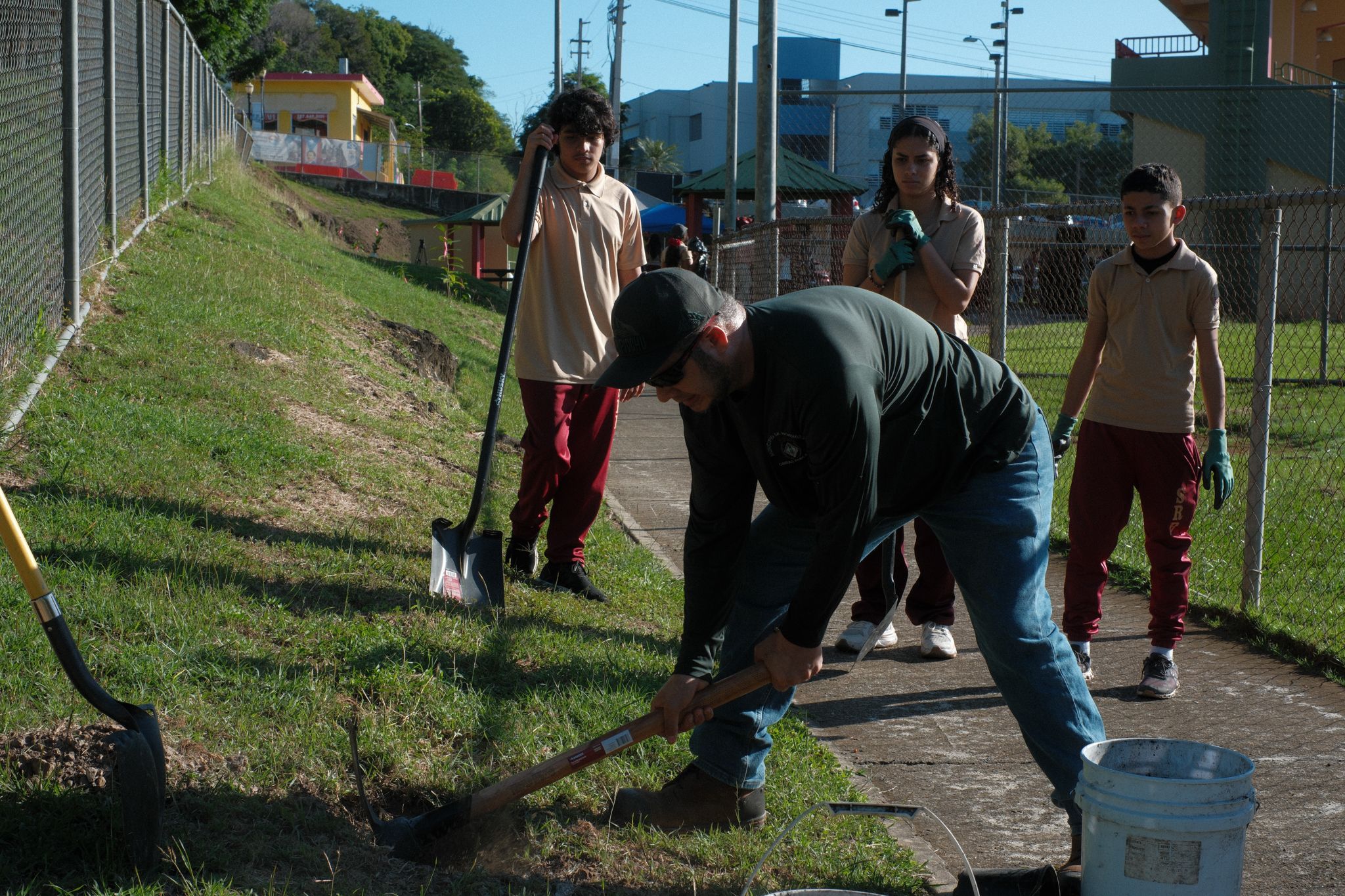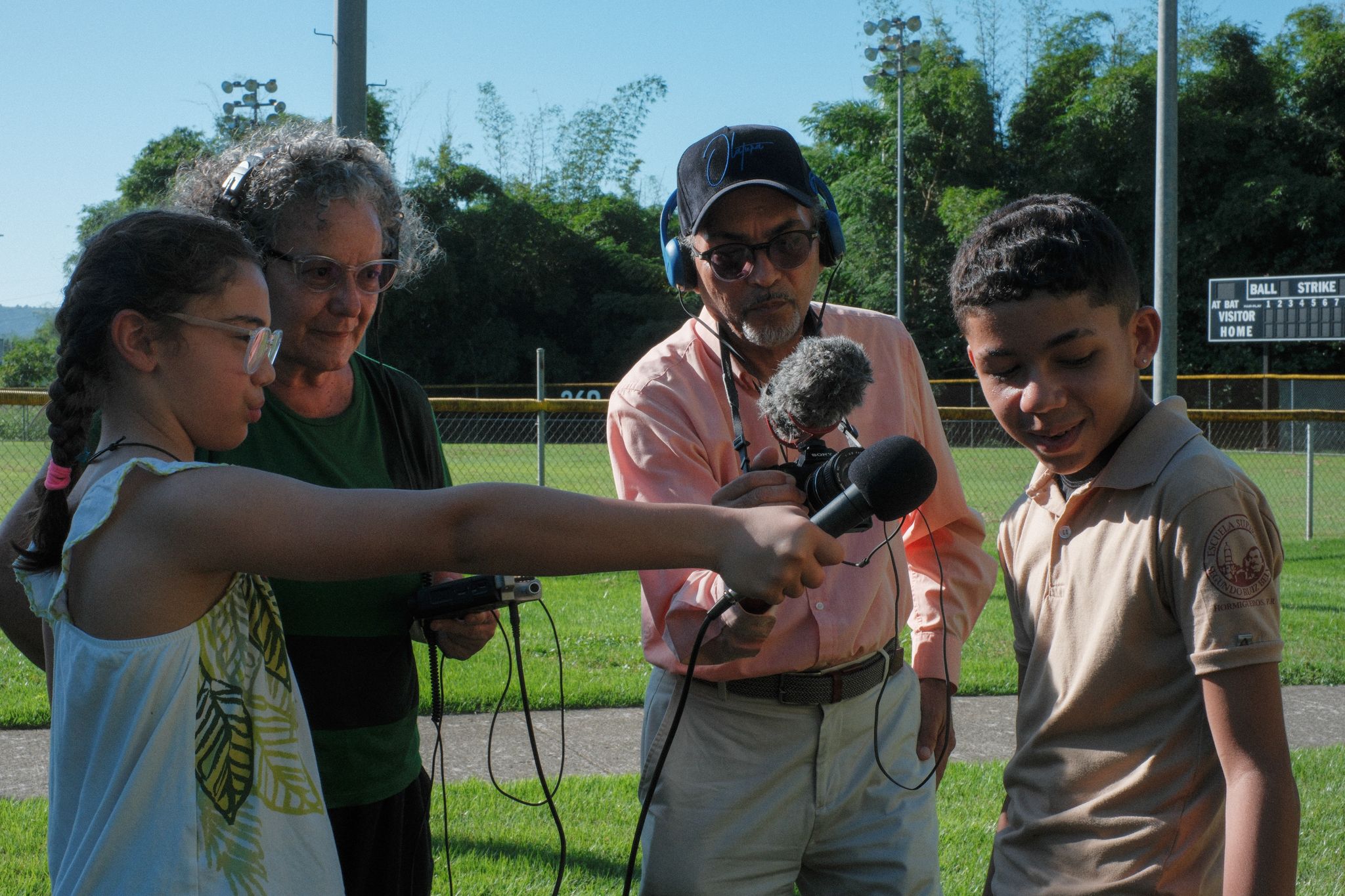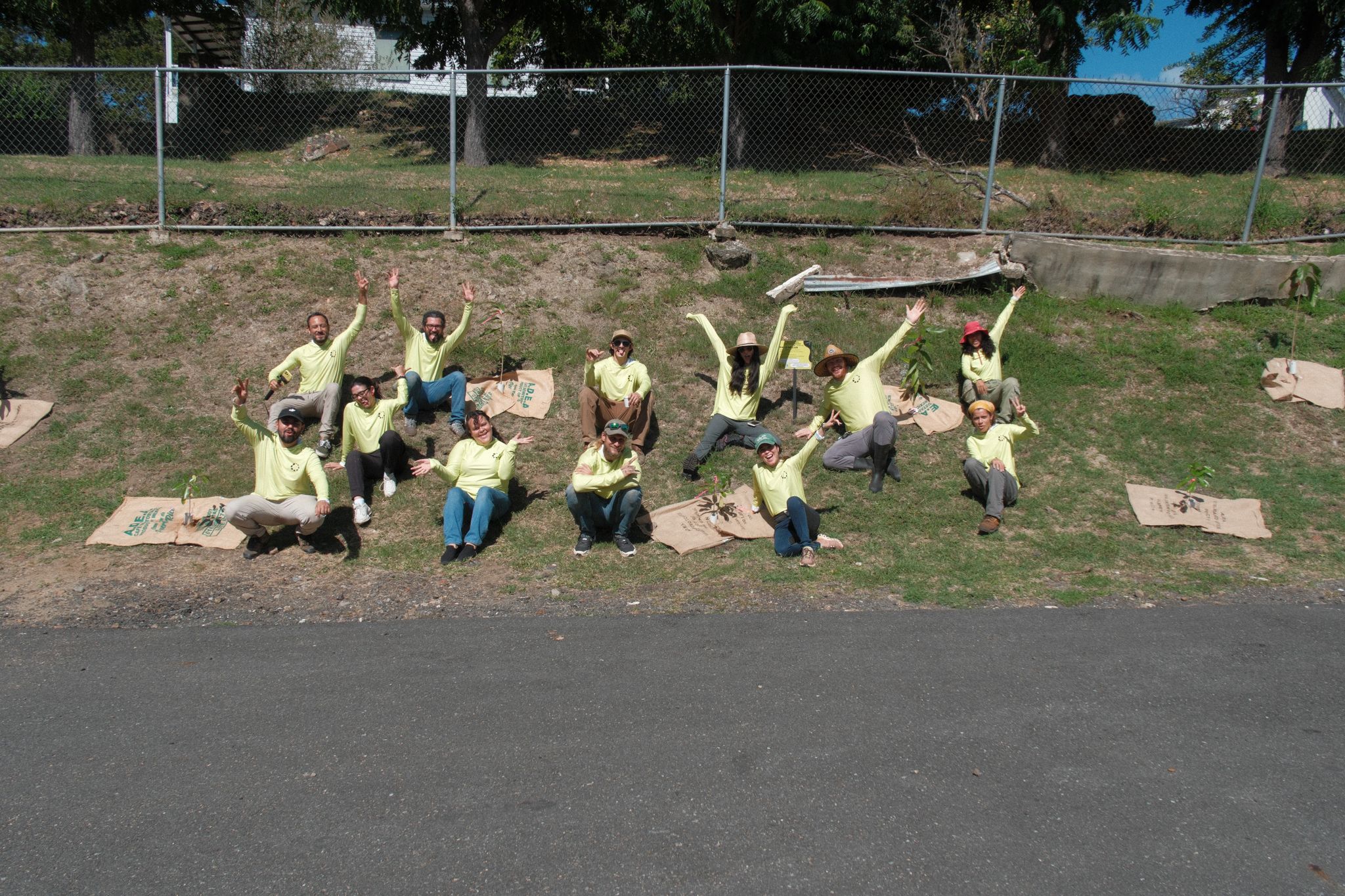U-TREE
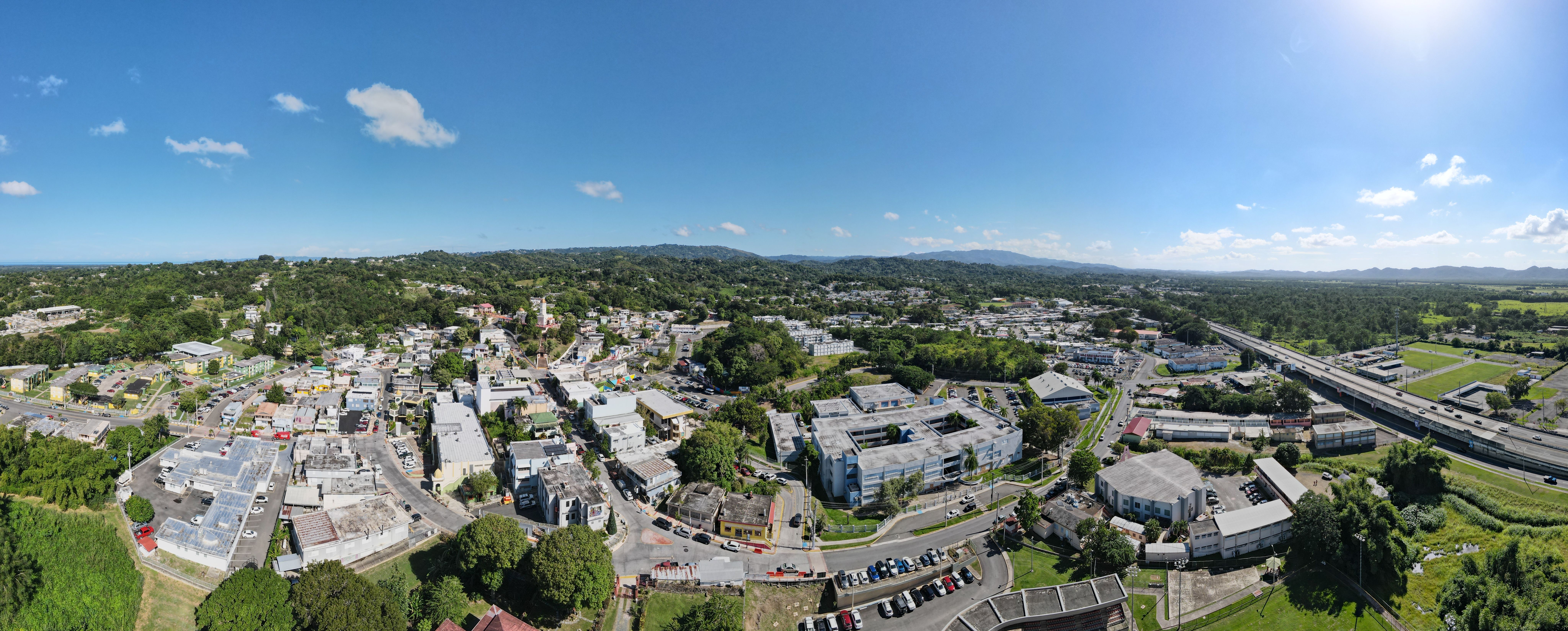
Urban Trees for Resilience, Equity, and Empowerment in Puerto Rico
U-TREE PR (Urban Trees for Resilience, Equity & Empowerment in Puerto Rico) is an initiative of Caribbean Regenerative Community Development (CRCD) aimed at empowering disadvantaged communities—particularly youth—by engaging them in reforestation and sustainable urban forest management. The program seeks to mitigate the adverse impacts of extreme natural events while improving quality of life in Puerto Rico.
U-TREE PR will be implemented in urban settings across 11 municipalities in the island’s southwest region, from Peñuelas to Mayagüez, through the following actions:
– Urban Reforestation: Propagate and plant 20,000 trees and shrubs in urban areas.
– Creation of Edible Forests: Promote food security and self-sufficiency through the establishment of food forests and pollinator gardens, prioritizing areas with limited access to fresh produce.
– Development of Green Infrastructure: Invest in green infrastructure such as rain gardens, riparian buffer zones, and detention ponds to reduce risks like flooding and extreme heat, fostering livable and sustainable environments.
– Launch of a Community Training Center (CTC): Establish an educational hub to train community members in arboriculture and environmental management practices, facilitating job placement in the sector and supporting long-term professional development.
– Documentary Production: Develop an audiovisual project to capture the progress and impact of the initiative. Youth students will be directly involved in its creation to inspire future generations to engage in environmental conservation.
– Tree City Certification: Collaborate with one municipality to achieve “Tree City USA” certification, a recognition that reinforces the community’s commitment to protecting and expanding urban green spaces.
Project Context and Alignment
Urban development in Puerto Rico has been shaped by a significant migration from rural to urban areas that began in the mid-20th century, when agriculture ceased to be the island’s primary economic activity. This demographic shift spurred rapid urban growth without adequate planning, while simultaneously a natural recovery process increased forest cover from nearly 6% in 1940 to 55% today (Marcano-Vega, 2014).
Combined with the island’s climate variability, diverse topography, and high population density, this transformation turned the urban forest landscape into a mosaic of native vegetation remnants, secondary forest patches, exotic gardens, recreational parks, and more.
Puerto Rico’s urban population ranges between 75% and 92%, depending on the definition used for analysis (Martinuzzi et al., 2007; Census 2020). Although Puerto Rico has urban forest legislation (Law 213 of 1999) establishing as public policy the promotion of the establishment, management, and restoration of urban forests “to protect public health, safety, and the general welfare of citizens and future generations,” the reality is that many Puerto Ricans are still unable to fully enjoy these benefits.
For this reason, U-TREE PR focuses on strengthening urban forest management to benefit disadvantaged communities in Puerto Rico’s southwest region.
20,000
Trees Planted
11
Southwestern Municipalities to be Impacted
1
Tree City USA Certification
Project Partners
